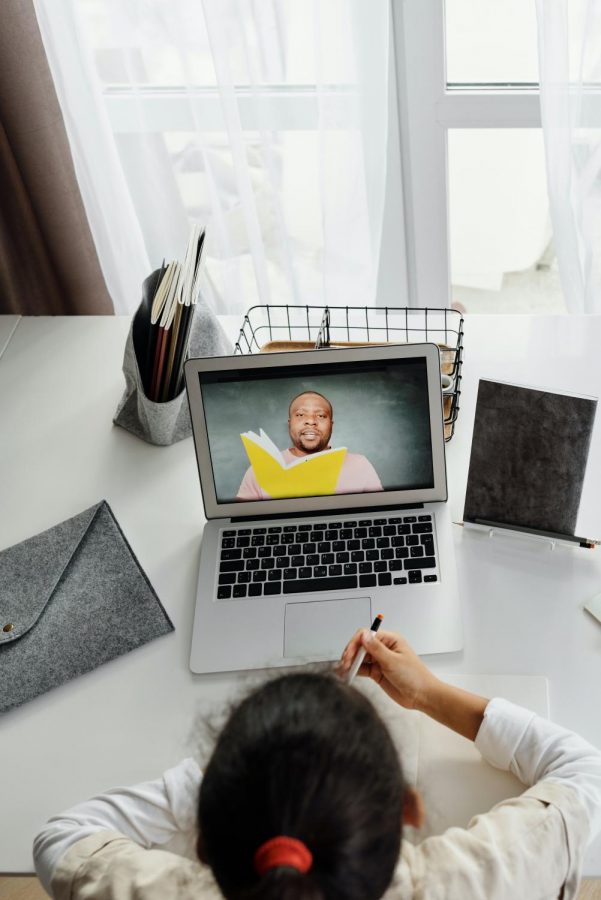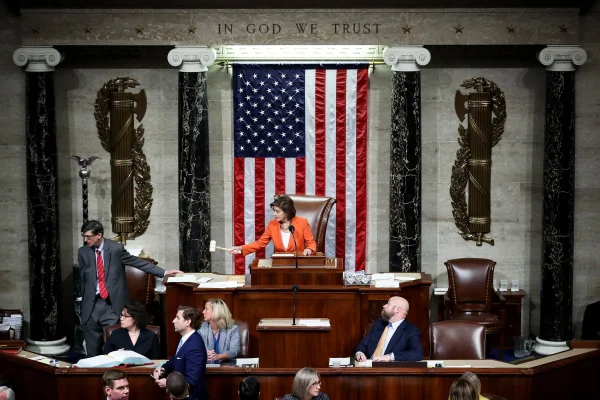Why I am staying home
September 30, 2020
Standing at the front of the room, doing her best to stay three feet apart from another person, the teacher begins to talk, speaking through a delicate blue mask. She can be heard clearly, but the tone of the room is awkward and scared. The desks are carefully positioned three feet apart, to help limit the contact between students. They are wary of moving close to another student, touching the walls and doors, and even sharing supplies, in fear that they will catch and spread the virus. Students have not yet returned to school, but it is likely that this will be the general atmosphere.
The virus is a threat to everyone, especially to those students who cannot risk bringing it home to family members with pre-existing conditions. I will not be returning to school this year for that very reason. I have siblings that struggle to recover from respiratory viruses and have generally weak immune systems. Who knows what would happen if I brought the virus home to them?
The preventive measures taken at school are wonderful, but are they really effective? In a school with nearly 3,000 students, how will social distancing work? I understand that desks will be spaced three feet apart, so that the contact between students can remain small, and that if a student does get sick, it will be easy to tell who that student was near. I am completely in favor of this, but I imagine with students switching classes all day long, this will not be very effective. Thankfully, all personnel will have to wear a mask.
Social distancing will be coupled with sanitization and general cleanliness throughout the school. Students are to refrain from sharing supplies, devices, and food. This is a well-intentioned guideline, but, especially for students of a younger age, what sort of mentally healthy environment is this? For my siblings, and likely for a lot of other students, not being able to play with their friends or share toys is a frightening and possibly detrimental situation. All of the social skills that we have worked so hard to form in them will immediately be stripped away if they return to school. School is supposed to be a community; the people in your school are there to learn and make friends. How are we supposed to do that if we are in constant fear of touching someone else’s germs? I do not want my siblings to learn in a fearful environment, if they do not have to.
I think that this anxious environment is detrimental for young children, especially for those up to twelve years old. These ages are still in their prime social and emotional developing years. Those of older age are still very much developing, but they have a better understanding of what is going on and better ways to cope with the changes. Young children are still learning how to make friends, but if they are going to be told not to get any closer to their peers, that will likely result in some damage to their development. Permanent damage is questionable, but a stunt in their development is very likely to occur.
Another concern is the actual quality of learning. With so much attention being put on safety, as it should be, what will be leftover for our education? How many times will class be interrupted to wipe down a desk or have a student wash their hands? There are already so many distractions and so little time in the day, I imagine that learning will no longer be the main focus.
This is tricky because online learning may not be an option for some students, while it may be the only option for others. Whether it be unsafe, unproductive, or simply impossible, some students cannot remain at home. The same goes for returning to school. My family has made the choice to stay home. However, I wish there were a better solution, because I love school, and so do my siblings, but this is the best option.














